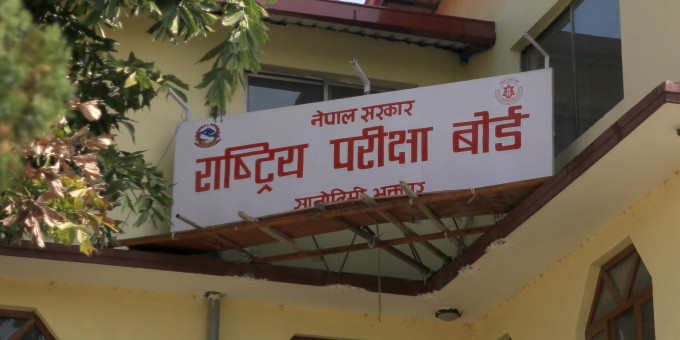A recent study of liver cancer found racial and ethnic variances as well as developing patterns in this deadly disease. The study also identified potential focused therapies to increase control and prevention.
Their comprehensive research, published on September 6 in Clinical Gastroenterology and Hepatology, looked at 14,420 confirmed cases of hepatocellular carcinoma (HCC), the most common kind of liver cancer, detected between 2010 and 2018.
The information was gathered from Florida's statewide cancer registry as well as two other public sources.
HCC accounts for about 80 per cent of all liver malignancies, according to data from the National Cancer Institute (NCI) and the Centres for Disease Control and Prevention (CDC).
Every year, around 25,000 new cases are detected, and the incidence has climbed by 48 per cent since 2000. With a five-year survival rate of only 18 per cent, the disease is exceedingly lethal.
Despite these figures, most studies on the disease's reach and demographic breakdown have been limited in scale, resulting in a glaring information vacuum.
“To date, studies examining the burden of this cancer have been hospital-based, failing to consider the underlying population at risk, thereby limiting epidemiological information,” explained Paulo Pinheiro, MD, PhD, a Sylvester cancer epidemiologist and the study’s corresponding author.
“Hospital studies are subject to selection bias due to referral and health insurance patterns, which tend to limit the overall impact on marginalized populations.”
Pinheiro, an epidemiology professor, stated that liver cancer disproportionately affects those of low socioeconomic level, as well as immigrants, veterans, and incarcerated populations, who are difficult to capture in clinical research due to limited access to healthcare.
“Consequently, we need truly inclusive population data to establish causes and patterns for this disease, especially if we are to develop effective prevention and control efforts for those most vulnerable,” he said.
Pinheiro and colleagues used data from three independent, population-based sources to overcome potential biases, Florida's cancer registry, the public health agency, and hospital discharge records.
The researchers used innovative data links between these sources to estimate incidence and trends by cause.
Furthermore, they took advantage of Florida's vast diversity to focus on patterns in specific racial-ethnic groups, such as Central Americans, Cubans, Dominicans, Mexicans, Puerto Ricans, and South Americans, rather than Hispanic/Latino only, and African Americans, Haitians, and West Indians rather than just Non-Hispanic Black.
A previous study by Pinheiro and colleagues at Sylvester and scientists from other institutions has demonstrated that fatty liver disease, alcohol-related liver disease, and hepatitis B or hepatitis C viral infections are responsible for 90 per cent of all liver malignancies.
Many of these studies, however, had limitations or did not delve further into the most typical factors particular to racial and ethnic groupings.
By analysing data from nine years, as opposed to the previous study's two (2014–15), the researchers were able to build on previous findings.
They also added links for chronic viral hepatitis biomarkers, conducted trend assessments, and improved subgroups for Black, Hispanic, and Asian populations.
The study's main conclusions were that there are distinct variances for different racial and ethnic groups in the influence of birthplace and race on liver cancer causes.
Different racial and ethnic groups' socioeconomic characteristics are reflected in the aetiology of liver cancer.
People of colour, Asians, and Hispanics differ noticeably in terms of subgroups - Cubans, Haitians, Chinese, and Japanese, for example - and societal variables, which have a large impact on the main causes of liver cancer.
The development of direct-acting antivirals is also thought to be responsible for the decrease in liver cancer caused by hepatitis C since 2015, while increases in liver cancer caused by fatty liver disease are a result of increased obesity and diabetes rates in the general population.
READ ALSO:









